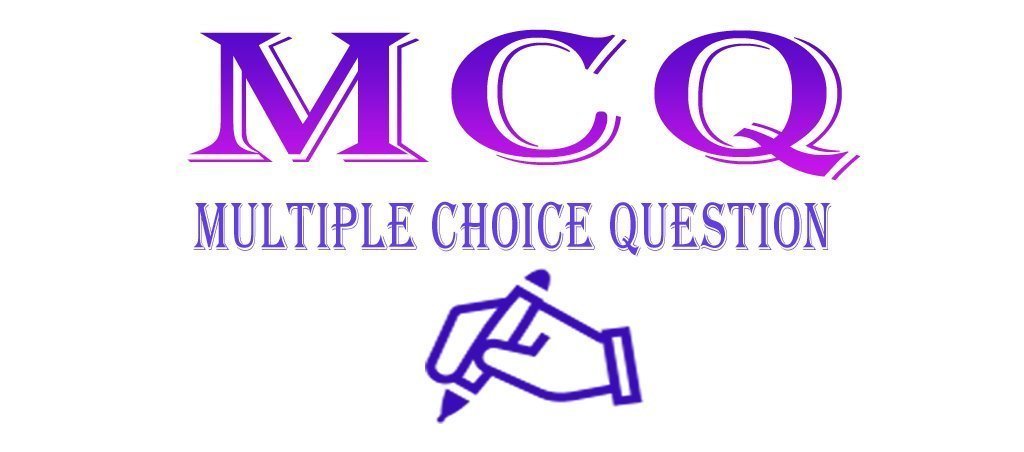Q1) Chemically, protoplasm contains:
A) 60-70% of H2O
B) 30-40% of H2O
C) 90-95% of H2O
D) 70-90% of H2O
E) 50-60% of H2O
Q2) If water is evaporated, the remaining dry weight of the cell consists of:
A) Carbon
B) Hydrogen
C) Nitrogen
D) Oxygen
E) Ammonia
Q3) During photosynthesis, which one is used as a reducing agent:
A) Carbon
B) Oxygen
C) Hydrogen
D) Nitrogen
E) Ammonia
Q4) Regarding the chemical composition of cells, which combination is correct?
A) Water…. 95%
B) Lipids…. 10%
C) Protein…. 18%
D) Carbohydrates…. 20%
E) DNA…. 1%
Q5) Regarding nucleic acid composition (in%) of the cell:
A) RNA is more than DNA
B) DNA is more than RNA
C) DNA and RNA are in the same ratio
D) The amount of DNA & RNA varies from individual to individual
E) In bacterial cell, DNA is more whereas in mammalian cells RNA is relatively greater in amount
Q6) Percentage of elements by weight in the human body (in descending order):
A) Nitrogen → Oxygen → Hydrogen → Carbon
B) Oxygen → Hydrogen → Nitrogen → Carbon
C) Carbon → Nitrogen → Oxygen → Hydrogen
D) Carbon → Oxygen → Hydrogen → Nitrogen
E) Carbon → Hydrogen → Oxygen → Nitrogen
Q7) Regarding the water molecule:
A) It acts as an acid
B) It acts as a base
C) It acts as both an acid and a base
D) It acts as neither acid nor base
E) None of them is correct
Q8) Regarding buffer:
A) It helps to increase pH of a solution
B)It helps to prevent changes in pH
C) It helps to decrease pH of a solution
D) Water cannot act as a buffer, as it is amphoteric
E) A & C are correct
Q9) Huge and highly organized molecules that form the structure & carry out activities are called:
A) Monomers
B) Micromers
C) Macromolecules
D) Micro molecules
E) Dimers
Q10) The joining of two monomers is called:
A) Hydrolysis
B) Hybridization
C) Condensation
D) Dehydration
E) Polymerization
Q11) A process during which polymers are broken down into monomers by the addition of H2O is called:
A) Hydrolysis
B) Hydration
C) Condensation
D) Dehydration
E) Polymerization
Q12) Which element constitute the highest percentage by weight in the human body?
A) Oxygen
B) Carbon
C) Nitrogen
D) Hydrogen
E) Phosphorus
Q13) which element is important for protein synthesis, nucleic acids, hormones, co-enzymes?
A) Carbon
B) Oxygen
C) Hydrogen
D) Nitrogen
E) Phosphorus
Q14) Biological molecules can be divided into main classes:
A) Two
B) Three
C) Four
D) Five
E) Six
Q15) Protein constitute ________ % of dry weight of cell.
A) More than 40
B) Less than 40
C) More than 50
D) Less than 50
E) None of the above
Q16) Proteins are the complex organic compounds having:
A) Only C, H, O
B) Only C, H, O & N
C) Carbon & hydrogen only
D) C, H, O, N, S
E) C, H, O but not phosphorus and sulphur
Q17) Dutch chemist G.J Murlder recognized the importance of protein as vital compound in:
A) 1993
B) 1793
C) 1883
D) 1893
E) None of the above
Q18) Amino acids are:
A) Organic compounds
B) Inorganic compounds
C) Macromolecules
D) Polymers
E) Tetramers
Q19) In polypeptide chain, amino acids are linked together by the process of:
A) Hydrolysis
B) hydration
C) Condensation
D) Dehydration
E) Polymerization
Q20) There are _____ basic structural level of protein:
A) Two
B) Three
C) Four
D) Five
E) Six
Answers:
- 70-90 % of H2O
- Carbon
- Hydrogen
- Protein…. 18%
- RNA is more than DNA
- Carbon → Hydrogen → Oxygen → Nitrogen
- It acts as both an acid and a base
- It helps to prevent changes in pH
- Macromolecules
- Condensation
- Hydrolysis
- Carbon
- Nitrogen
- Four
- More than 50
- C, H, O, N, S
- 1883
- Organic compounds
- Condensation
- Four





Leave a Reply
You must be logged in to post a comment.